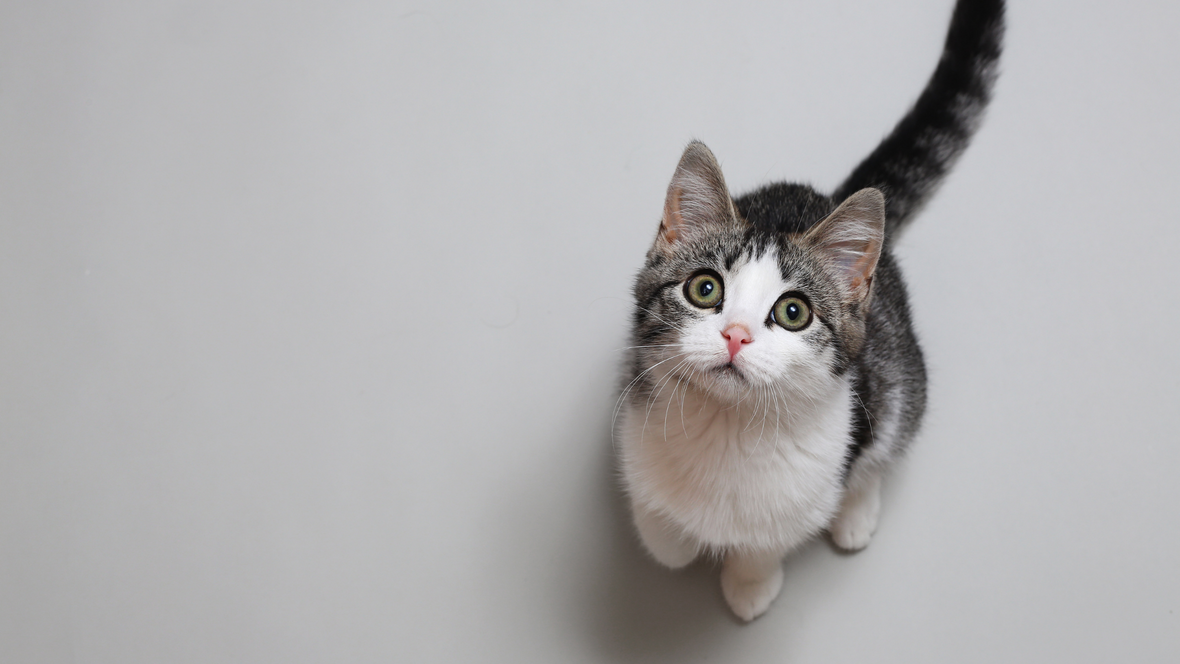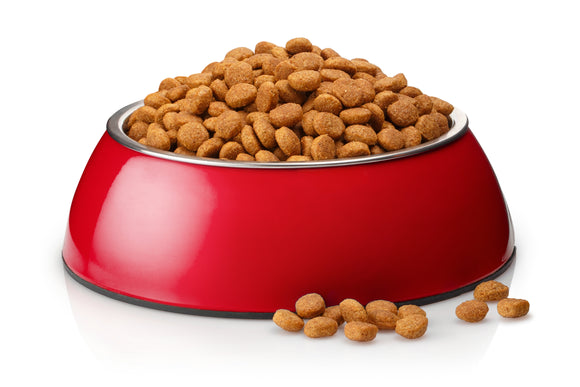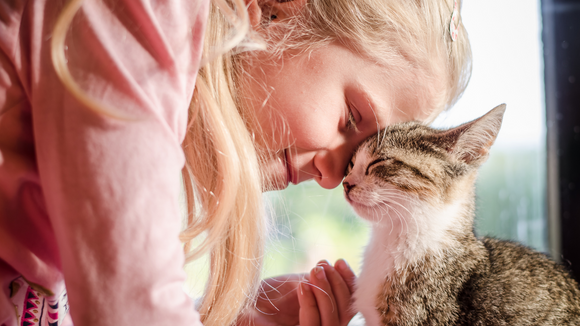
Cat Nutrition: How Many Calories Does A Cat Need?
Table of Contents
Like all other creatures, cats also have nutritional requirements, and these needs depend on different factors. Cats need the energy to perform various body functions such as respiration, digestion, circulation, and other normal bodily functions. The technical term used for the energy a cat needs is calories. The caloric need of the cat depends on different factors such as age, activity level, gender, life stage, and body condition.
There is a lot of information on cats' caloric requirements, and in this article, we will discuss it in detail.

What Nutrients Are Considered Necessary For Cats?
As you know, cats are carnivores, and they get their nutrients that are only found in animal products. Cats generally hunt their prey and eat a large amount of protein, a minimal amount of carbohydrates, and a moderate amount of fat. Cats still need this ratio of nutrients in their diet. Other essential nutrients required in small amounts are minerals, vitamins, amino acids, and fatty acids.
Cats need all these nutrients only in a specific amount to stay healthy; excess of these nutrients is not always better. This is the same for minerals and vitamins. If you are feeding a balanced diet, no additional supplementation of these nutrients is necessary. Additional supplementation can be harmful to your cats and should not be administered without consulting your veterinarian. Last but not least, cats also need a supply of fresh, clean water at all times.
How To Choose A Food For Your Cat?
If you are feeding your commercial cat food, don't worry, your cat will get all the necessary calories and nutrients. The Association of American Feed Control Officials (AAFCO) set basic nutritional requirements for cats, and all cat food companies follow these standards when making food.
You can compare different brands of food based on the nutrient requirements mentioned on their label. Cat food companies have to mention the nutritional profile on the food label. These rules are designed by the FDA and AAFCO. Those food brands that have an AAFCO approved nutritional values are considered balanced and complete.
The nutritional requirements of cats change at different life stages. Each stage of the cat's life, such as early life, adulthood, old age, lactation and pregnancy, has different requirements. The food label on the bag should mention that the food is suitable for which stage of life and is balanced and complete and according to AAFCO requirements.
Some companies make foods for all stages of the cat's life, which are suitable for owners of cats who have multiple cats of diverse ages. When selecting cat food, always look at the ingredient list; the items should be listed by decreasing proportional weight.
Always select the brand of food that contains meat, seafood, and meat by-products as the first ingredients on the list. This indicates that the food has a large amount of animal protein and contains essential fatty acids and amino acids.
If you found a balanced and complete food brand, the next step is picking between the type of food according to your cat's preference. Some kitties like dry food, others like canned food, and a few like a mixture of both. So always select food according to your cat's preferences.
How to calculate your cat's caloric intake?

First of all, if you want to know the exact number of calories your cat needs, you must know the precise weight of your cat. You have to find the resting energy requirement (RER). It is actually the energy the cat needs to maintain a healthy weight and perform necessary bodily functions while at rest.
This formula is used to calculate the RER.
RER = 30 x (accurate body weight in kg) +70
OR
RER= (Target or ideal weight in kg ^ 0.75) x 70
Note: You can convert a cat's weight in pounds to a kilogram by multiplying it by 2.2.
The answer will be in kcal/day. Now you need to consider some additional factors to calculate calories based on your cat's age, activity level, and weight goals.
Other Factors That Can Affect The Calculation
Neutering/Spaying:
Cats that are neutered or spayed produce fewer hormones like estrogen and testosterone. This results in a decrease in their metabolism and, as a result, muscle production is more difficult in females and male cats.
If you want to calculate the caloric needs of a spayed or neutered cat, use the equation: RER x 1.2
Obesity Prone:
There are some cats that are lazy but have a healthy weight. If you have cats that spend most of the day sleeping and do not participate in other activities, your cat is prone to obesity.
If you want to calculate the caloric needs of a cat prone to obesity, use the RER that you have already figured.
Un-neutered cats:
Un-neutered cats have all the hormones that neutered and spayed cats have lost, so they are prone to gaining weight. These cats actually have a high metabolic rate compared to neutered or spayed cats, which means they have higher calorie needs.
If you want to calculate the caloric needs of un-neutered cats, use the equation: RER x 1.4
Weight Gain:
If your cat is below the recommended body weight, consult your veterinarian. Some people think that a cat of healthy weight is too thin.
If you want to calculate the weight gain needs of an underweight cat, use the equation: RER for ideal weight x 1.8
Weight Loss:
If your cat falls into the obesity category and the vet has addressed weight loss, use the equation below and run the results by your vet.
RER for ideal weight x 0.8
Kittens Under 4 Months:
To calculate the caloric requirements of a small kitten, use the equation: RER x 2.5

Conclusion
When owning a cat, you need to know your cat's caloric requirement, and if you don't, you can calculate it using the formulas mentioned above. If you meet your cat's caloric needs according to AAFCO instructions, your cat will lead a happy and healthy life.



